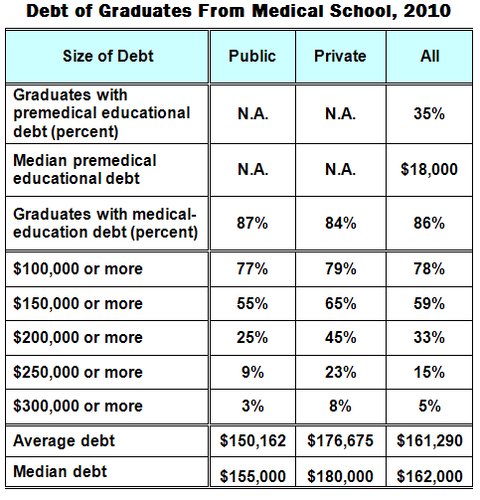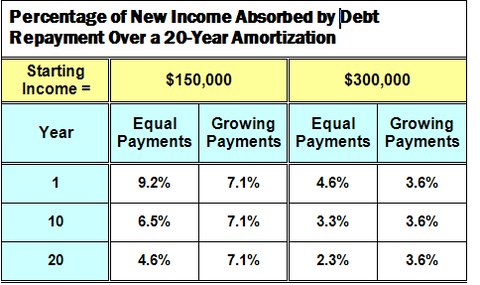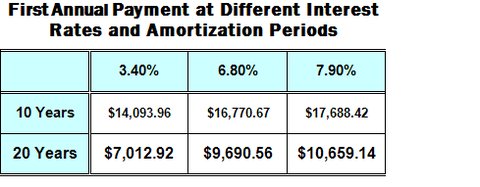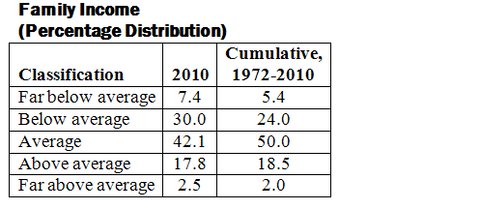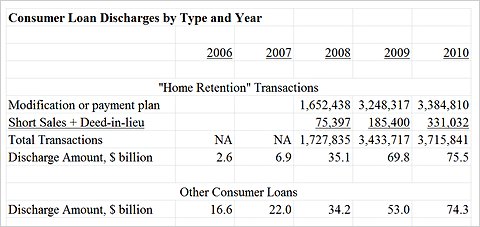
Nancy Folbre is an economics professor at the University of Massachusetts, Amherst. She recently edited and contributed to “For Love and Money: Care Provision in the United States.“
At first glance, Mitt Romney’s now-famous assertion that all those who don’t pay federal income taxes are dependent moochers seems like a dumb mistake. Why would he lump recipients of Social Security, veterans, students and low-wage earners — many of whom have voted Republican in the past — in with welfare recipients?
Today’s Economist
Perspectives from expert contributors.
Perhaps Mr. Romney was confident that his remarks were private, or perhaps he was pandering to his audience of potential donors. But he did follow a well-established conservative script, one of two competing horror-show narratives that increasingly dominate political discourse in this country.
The basic right-wing story line evokes zombie apocalypse: The shambling, diseased living dead — Obama Zombies — are threatening human civilization. A self-described neoconservative Web site features a parody of Shepard Fairey’s Obama campaign poster featuring the zombie in chief.
A forthcoming book by Nicholas Eberstadt is titled “A Nation of Takers: America’s Entitlement Epidemic.” Charles Sykes contends that we have become “A Nation of Moochers.”
The effort to elicit revulsion and moral outrage may be intended to counter the left-wing narrative of vampire threat, which warns of a small group of powerful, almost immortal beings who invest in blood funds, suck out the profits and stash them in Transylvanian tax shelters.
Both narratives reflect the enormous economic anxiety Americans feel in the aftermath of a financial crisis and ensuing recession. Zombies and vampires represent archetypal middle-class fears: the fear of being pulled down by the needy or stomped on by the powerful.
But the two fears are not perfectly parallel. Because zombies are generally considered incompetent, they don’t constitute a serious threat unless they mobilize in very large numbers; hence the pressure to exaggerate the size of the zombie class.
Also, in most cinematic accounts, zombies don’t suffer from moral failings; rather, they have contracted a virus or been exposed to some environmental toxin (for an extended literary treatment, see “Zombies Are Us: Essays on the Humanity of the Walking Dead”).
So who exactly are these zombies (or “takers” or “moochers”)?
We know who they are not.
They are not those who paid no federal income taxes last year, because many of these can point to a record of hard work.
They are not those stuck at the very bottom of the income distribution: When all taxes (rather than merely federal income taxes) are taken into consideration, the share of all taxes paid by different income groups corresponds pretty closely to their share of total income.
They are not those who get more in government benefits than they pay in taxes in a given year, because many of these families include children, elderly people, or adults who are eager to resume wage-earning as soon as they can find jobs but for now are unemployed.
Maybe the zombies are those likely to receive more in government benefits over their lifetime than they have paid in taxes. At the top of this list would be seriously injured military veterans in need of continuing care, along with those receiving costly Medicare-financed interventions in the last two months of their lives.
Alternatively, one might point to all those who have received means-tested public assistance. If so, Mr. Romney’s father George, who received public relief at one point, falls under suspicion.
If only we could use a simple blood test to determine who the real humans are. Would Mitt Romney be willing to release his own test results for past years?
But never mind. Blood tests could be dangerous when vampires are around.
Article source: http://economix.blogs.nytimes.com/2012/09/24/conservatives-and-the-zombie-apocalypse/?partner=rss&emc=rss

